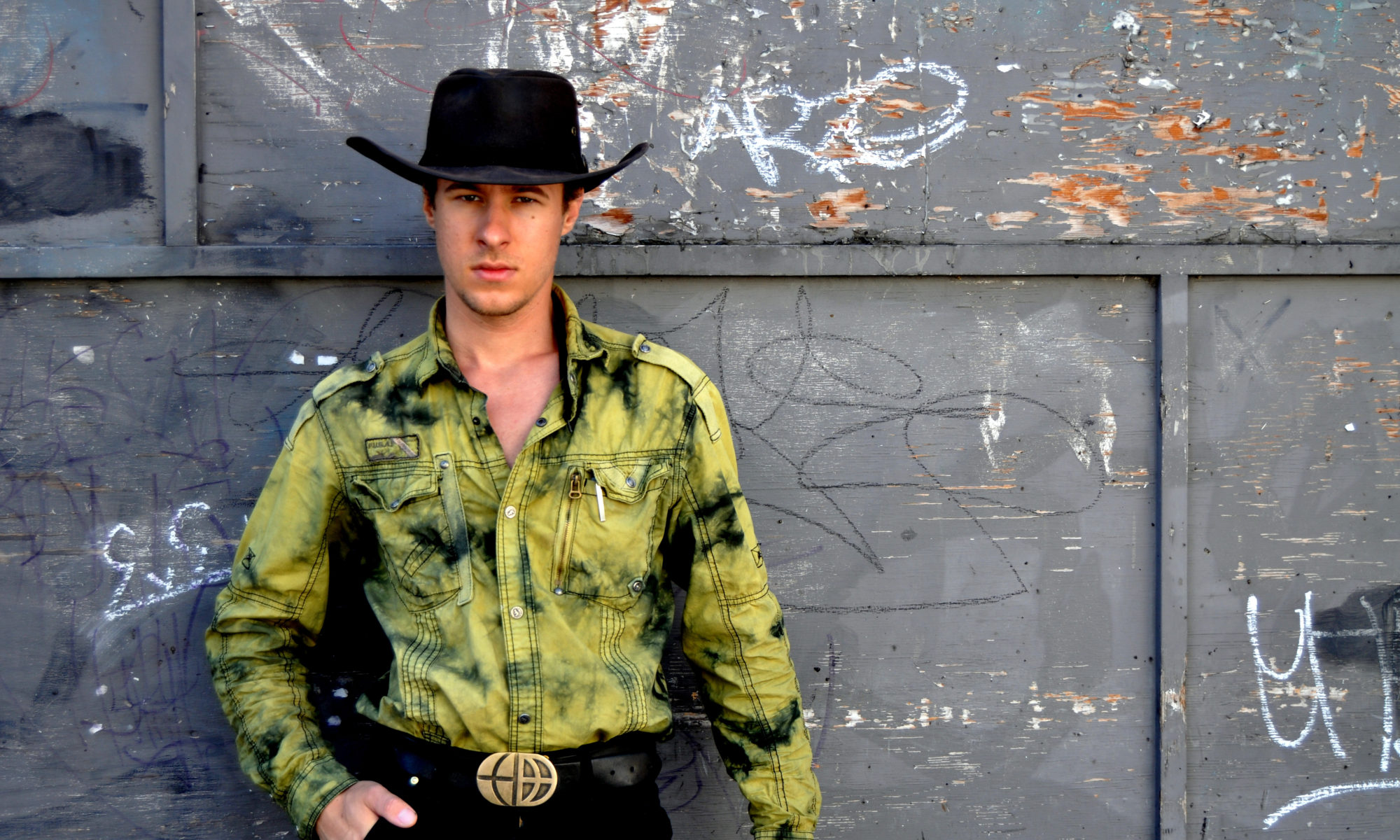Having spent my life in awe of Nature, I am fascinated with plants, animals and micro-biota. The stories and science behind each family, species and individual.
Despite my love for nature, I grew up in Kennewick playing in the industrial realm of steel and fire. Forming hard iron into sculptures since I was 14 years old using welders, plasma cutters and angle grinders.
This represents my interest in dichotomies. Masculine and Feminine. Night and Day. Birth and Death. Reception and Transmission. Light and Shadow. But it is where polarities meet where there is most power – between past and future is Now.
Now I split my time between Kennewick and White Salmon. This move brought me into contact with a new and softer art medium … trees.
Trees are a powerful sculptural forms. They are perfect. Sometimes when I look at trees, flowers, mushrooms and the landscapes they exist … I wonder why I’m an artist when nature has such beauty and meaning.
But through art, I can illustrate the parallels between trees and humans.
Humanity often perceives nature as competitive, but we are learning that nature also cooperates in nuanced ways.
When wolves were introduced to Yellowstone, they reduced the elk population, this allowed trees to grow near stream banks again, which provided food and materials for beavers to use, beaver dams flooded to create riparian zones, and these riparian zones aided the overall biodiversity and resilience of the ecosystem.
Trees are known to signal other trees of danger through scents. When other trees “smell” this, they start producing bitter compounds to dissuade the pest.
Many plants, especially legumes, host bacteria that pull nitrogen from the air into the soil thereby increasing fertility.
Tree roots create symbiotic relationships with the fungal network in the soil. Where trees provide sugars and the fungi provide minerals and water. This fungal web also transmits electrical signals at a speed of a third-of-an-inch per minute.
Through this fungal matrix, trees give excess sugar to their cousins who aren’t getting enough; because the health of the forest determines the health of the individual trees. Loosing your neighbors allows sun to parch the forest floor and creates a hole for wind to topple other trees. You never know when the tables turn where the once little trees may help the once big trees. Some old tree stumps remain alive for hundreds of years despite no leaves. This is because it’s children are pumping sugar and life support to the mother’s stump.
The chain is only as strong as the weakest link.
Perhaps humans in societies can learn from trees in forests.
My spires series sculptures speak to this. Each spire represents a tree in the forest and a human in society. The physical form of carved wood shows how the choices of carving are influenced by the circumstances of wood grain. This is the union of freewill and determinism. And provides the foundation where stories and personality are layered over time. The clothes we wear, the things we say, the dwellings we create, the movement we dance are akin to the paint and objects on the spires.
I salvage fallen trees or ones destined for cutting. I then use a chainsaw to form the rough shape on-site and take them back to where I can carve and sand them into their final shape. Over several months, I apply layers of paint and objects or stain and linseed oil. During this time, I also expose them to dance and music. Exposure to experience is what gives them life. I feel objects retain a memory of where they’ve been and thereby come to life.
Please sit with the individual spires, ask them questions, touch them or dance when no one is watching.
